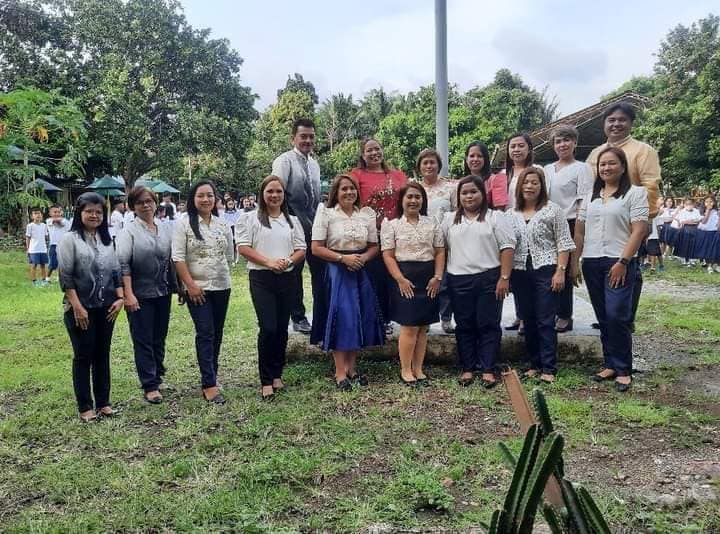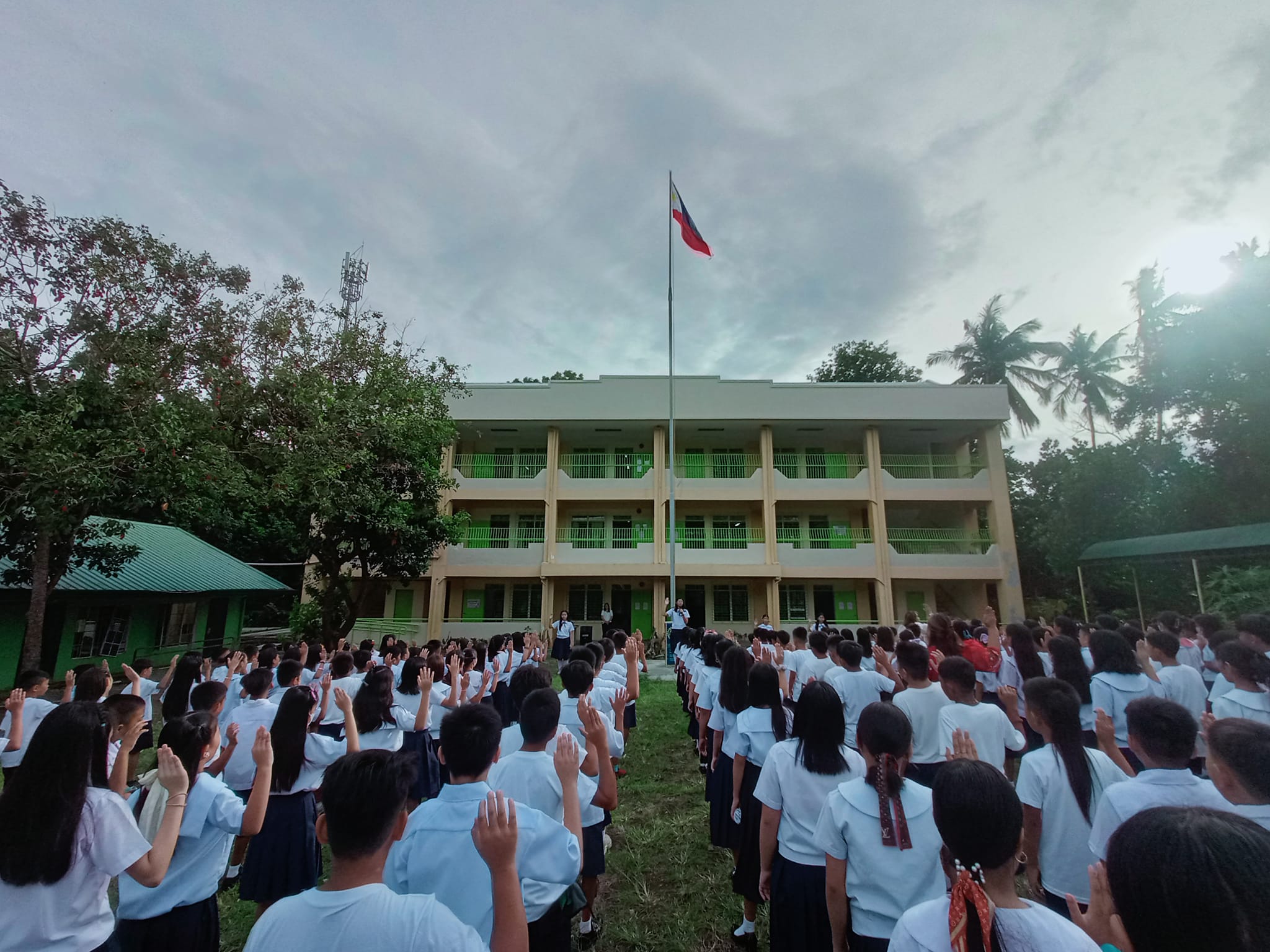At A Glance
- In celebration of World Teachers' Day (WTD) on Oct. 5, the Manila Bulletin pays tribute to teachers who experienced a lot of difficulties to ensure that learning will continue even though schools were shut down due to the threat of the pandemic.
- For some of the teachers at De Mesa Elementary located in Brgy. San Gregorio Municipality of Alaminos, Province of Laguna, while the pandemic paved the way for new teaching methods, a greater focus should be given to the learning recovery of the students.

There is no denying how the pandemic changed and continues to change the landscape of education across the globe.
In the Philippines, the pandemic presented both challenges and opportunities for teaching and learning.
Being on the frontlines, the pandemic was also a very challenging time for teachers.
It forced them to redefine their ways of teaching so their students could adapt to distance learning modalities such as modular, online, and blended learning.
Amid the threat of the pandemic, teachers were tasked to ensure learning continuity.
As the world shifts back to normalcy post-pandemic, teachers face another challenge: learning recovery.
In celebration of World Teachers’ Day (WTD) on Oct. 5, the Manila Bulletin pays tribute to teachers who experienced a lot of difficulties to ensure that learning will continue even though schools were shut down due to the threat of the pandemic.
Redefining teaching methods, learning recovery
For some of the teachers at De Mesa Elementary located in Brgy. San Gregorio Municipality of Alaminos, Province of Laguna, while the pandemic paved the way for new teaching methods, a greater focus should be given to the learning recovery of the students.

“The pandemic had a devastating impact on learning,” said Grade 2 adviser Grace Maleon–Endriga.
To ensure learning would continue despite the suspension of face-to-face classes, Endriga explained that the school crafted the Learning Recovery Plan (LRP), which served as a guide in “conducting various types of activities, interventions, and remediation to address the learning gaps brought by the pandemic.”
While implementing the LRP, teachers expected that it would be hard for the students to transition from distance learning to face-to-face learning. However, through the cooperation of the school stakeholders, interventions were given to students to help close learning gaps and difficulties during the pandemic.
Lester Buera, a Grade 5 adviser, finds using technology effective when it comes to learning recovery.

“The new method nowadays is technology,” Buera said. “The effective use of digital learning tools in classrooms can increase student engagement, help teachers improve their lesson plans, and facilitate personalized learning,” he explained.
Buera added that tapping into technology “also helps students build essential 21st-century skills.”
Recognizing that not all students have gadgets and access to the internet, many teachers still relied on “traditional teaching methods,” such as writing on manila paper and using a blackboard when delivering their lessons.
“Both traditional and modern teaching methods are effective and useful in online education,” Buera said. “Modern teaching methods are crucial and significantly contribute to the development of children’s education and knowledge,” he added.
Teachers as frontliners
Despite the threat of the pandemic, teachers were considered frontline workers tasked with ensuring the continuity of education for their students.

Maribel Coronado-Perez, a Grade 5 adviser, noted that one of the biggest sacrifices of teachers during the pandemic was facing the high risk of exposure to the virus.
She shared that teachers had to make monthly visits to the houses of their students. They also had to deal with parents who were coming to the school weekly to get the modules for their children.
Perez also noted that teachers needed extra patience since the learning abilities of the pupils were affected, especially those under the modular system.
For Gerlie Castillo, a Grade 3 adviser, the emotional well-being of the students was also of utmost priority.
“Educators play a critical role in the emotional well-being of their students and are often the first point of contact for students experiencing mental health issues,” she said. “Teachers must receive proper training and education on mental health issues so that they can be aware of students facing difficulties,” she added.
Castillo noted that teachers should “foster positive relationships with their students, create classroom environments more conducive to learning, and meet students' developmental, emotional, and academic needs to cope with the new socialization in their environment.”
Road to learning recovery
With the opening of a new school year, teachers underscored the need to assess the student's learning capability and implement appropriate interventions to ensure learning recovery.

For Endriga, learning assessment is crucial to address learning gaps among students. She explained that learning assessment is a crucial factor in evaluating students' progress and learning. (Erika Mariel Custodio Escover)